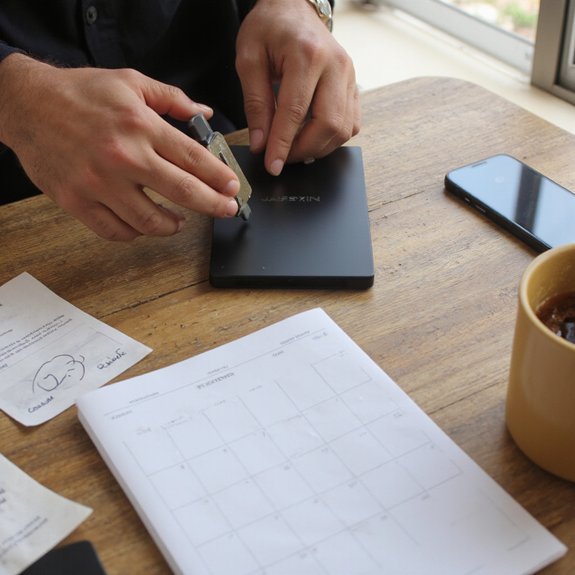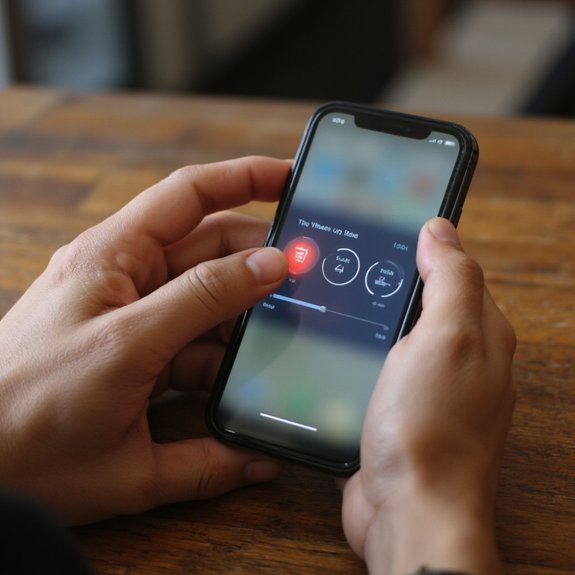You can delete your account when you need a fresh start or tighter privacy, and I understand that’s a big step. We’ll cover what to back up, how to cancel subscriptions, and what actually gets erased versus what may remain. Before you act, save important data and note recovery windows—keep going to get the exact steps for your platform.
Key Takeaways
- Export or back up important data (photos, messages, documents) and cancel subscriptions before deleting to avoid lost files or unexpected charges.
- Sign in, go to Settings > Account or Privacy, locate “Delete Account” (or “Deactivate”), and follow the platform’s deletion workflow.
- Verify your identity when prompted, enter your password, and confirm deletion; keep any confirmation numbers or emails for your records.
- Understand deletion limits: profiles and most data are removed, but backups or logs may persist for operational or legal reasons.
- Check the platform’s recovery window (typically 7–30 days) and contact support with ID proof if you need urgent restoration.
Reasons to Delete Your Account

If you’re ready to move on, deleting your account can help you reclaim time, protect your privacy, stop recurring charges, reduce digital clutter, and limit the risk from hacked or inactive profiles. You might be feeling overwhelmed by constant notifications, targeted ads, or data trails that make you uncomfortable — those are valid privacy concerns. Deleting an unused account gives you control: you cut off data collection, shrink your online footprint, and reduce the channels that leak information. If you want a focused, creative life, a digital detox can clear space for new projects and better attention. Start by listing why the account no longer serves you, note what you’ll miss, and set a deadline for deletion so it’s a deliberate choice. You’ll feel lighter and more secure knowing you’ve removed a potential vulnerability and reclaimed time for innovation. Trust your judgment; small bold moves often spark new ideas.
Preparing Before You Delete (Backups and Subscriptions)

You’ve decided to delete your account—now take a few practical steps to avoid surprises: export any photos, messages, or documents you want to keep, and check for connected services (apps, social logins, cloud sync) that might stop working afterward. Before deleting, create account backups and confirm subscription management: note renewal dates, cancel paid plans, and transfer essential data to a secure location. Review linked apps and revoke access where needed. Consider downloading a single archive or selective files; that keeps your workflow intact and supports future innovation. If teams or partners rely on shared resources, inform them and reassign ownership. Use the table below to prioritize tasks quickly.
| Task | Why |
|---|---|
| Export data | Preserve irreplaceable files |
| Cancel subscriptions | Avoid unexpected charges |
Keep encrypted copies offline for added security. When you finish these preparations, you’ll delete with confidence and fewer interruptions.
Step-by-Step Account Deletion Process

Before you start the deletion process, sign in and review the prompts so you know what will be removed; this can feel final, but we’ll walk you through each step. First, navigate to Settings > Account or Privacy, locate Delete Account, and read the on-screen checklist. Back up anything essential, confirm active subscriptions are canceled, and note linked devices. Tap Delete or Deactivate, enter your password, and complete any two-factor authentication to confirm your identity. You’ll usually see a short grace period or confirmation email—follow its instructions to finalize. Throughout, prioritize account safety: use a secure network and avoid public Wi‑Fi while you act. Keep a record of confirmation numbers or emails for your records. Remember, managing this process thoughtfully protects user privacy and gives you control. If you change your mind, contact support immediately and provide the confirmation details so they can assist quickly if needed soon.
What Is Permanently Erased vs. What May Remain
When you delete your account, some items get removed right away and others can stick around for operational, legal, or technical reasons. You’ll lose access to your profile, settings, and most account data that’s tied directly to your identity, and we’ll remove it from active systems. However, copies may persist in backups, logs, or archived records for a limited time to guarantee system integrity, billing reconciliation, and legal compliance. If you’re worried about privacy concerns, request a data inventory and ask what’s retained and why; that lets you make informed choices. You can also ask for specific categories to be anonymized where possible—transactional entries, aggregated analytics, and error reports are often transformable. We’ll tell you which items are irreversibly deleted and which are retained, and we’ll provide contact steps to escalate unresolved concerns. This approach keeps the process transparent and focused on protecting your interests. You’re in control.
Recovery Options and Timeframes
If you change your mind, most accounts offer a limited recovery window during which we can restore your profile and most associated data. You’ll see recovery methods like account reactivation, email link confirmation, or support ticket escalation. Start by checking the account-deletion page for clear steps and time estimates—some services let you cancel deletion within 7–30 days, others offer shorter or longer windows. Act quickly: follow the reactivation link sent to your registered email or sign in using your username and password before the window closes. If automated options fail, contact support with your account ID and proof of identity so they can prioritize restoration. Note that certain items might not be recoverable even within the window; review the platform’s policy before you delete. Keep backups of content to reduce risk. If you’re experimenting or iterating, consider temporary deactivation instead of full deletion to preserve momentum and innovation.
